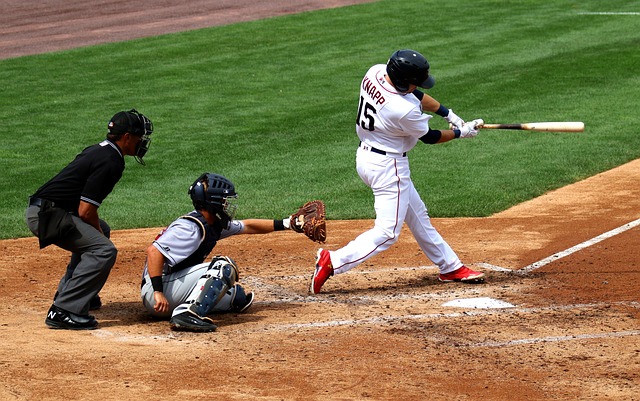Understanding betting markets is essential for anyone serious about sports wagering. Markets determine the odds, reflect public opinion, and indicate where bookmakers perceive value. Learning to read them effectively allows bettors to make informed decisions, spot value bets, and manage risk more strategically.
What Are Betting Markets?
A betting market is a platform where odds are offered for a specific event outcome. Common examples include match winners, point spreads, totals, and prop bets. Each market reflects the probability of an outcome as calculated by the bookmaker, adjusted for profit margin.
Markets are dynamic; odds fluctuate based on new information, public betting patterns, and team or player changes. Understanding why these movements happen is key to interpreting market signals.
Types of Betting Markets
There are several types of markets that bettors should understand:
- Moneyline: Bets on who will win a match outright. Simple but foundational.
- Point Spread: Bets on the margin of victory. Useful in balancing perceived mismatches.
- Totals (Over/Under): Wagers on combined scores, independent of the winner.
- Prop Bets: Niche bets, such as the number of goals by a player or game events.
- Futures: Long-term bets on outcomes like season champions.
Each market type offers different insights, probabilities, and strategies. Mastering them allows bettors to diversify approaches and identify opportunities.
Interpreting Odds
Odds are the numerical representation of a market’s implied probability. Reading them correctly is essential for spotting value.
- Decimal Odds: Shows total return for every unit wagered. Example: 2.50 means $1 bet returns $2.50.
- Fractional Odds: Common in the UK; 3/1 means you win $3 for every $1 staked.
- American Odds: Positive numbers show potential profit on $100, negative numbers show how much you must stake to win $100.
Converting odds to implied probability helps determine if a bet is worth placing:Probability (%)=1Decimal Odds×100Probability (%)=Decimal Odds1×100
For example, decimal odds of 2.50 imply a 40% chance of success. Comparing this with your own analysis can reveal value bets.
Reading Market Movements

Odds change over time based on factors such as injuries, lineup changes, weather, and betting volume. Monitoring these movements helps identify where bookmakers or the public are adjusting expectations.
- Early Line Movement: Indicates sharp or professional bettor influence.
- Late Movement: Often reflects public sentiment or last-minute news.
- Overreaction: Sometimes markets overadjust to minor news, creating value opportunities for disciplined bettors.
Keeping track of movements across multiple sportsbooks can also reveal discrepancies in odds, which savvy bettors can exploit.
Spotting Value Bets
Value bets occur when the perceived probability of an outcome is higher than the implied probability in the odds. To find them:
- Analyze Data: Compare team stats, historical performance, and situational factors.
- Convert Odds to Implied Probability: See if the odds underestimate the true chance.
- Compare Across Bookmakers: Look for odds discrepancies to maximize potential returns.
Value betting requires patience and discipline but is key for long-term profitability.
Using Market Knowledge Strategically

Understanding markets allows for smarter betting strategies:
- Combine market analysis with bankroll management to minimize risk.
- Use live betting to exploit shifts in odds during matches.
- Diversify bet types across markets to balance risk and reward.
A professional approach integrates market reading with disciplined money management and realistic expectations.
Conclusion
Reading betting markets like a pro requires understanding odds, market types, and movement patterns. By interpreting implied probabilities, monitoring changes, and spotting value bets, bettors can make informed decisions and increase their chances of consistent success.
Combining market insight with proper strategy and bankroll management transforms betting from guessing into a disciplined analytical activity.
